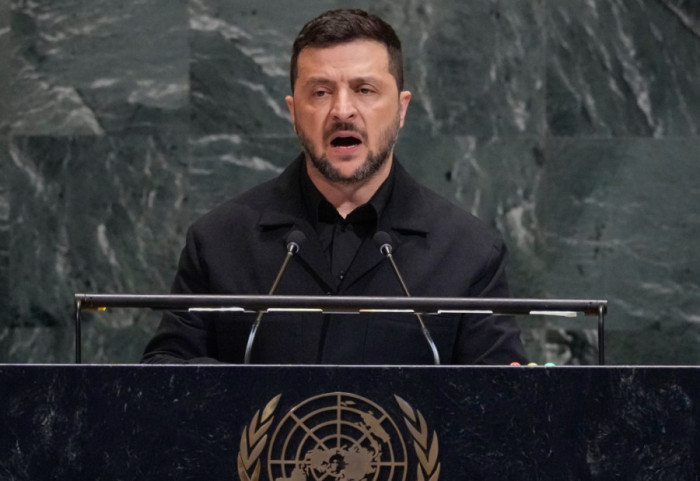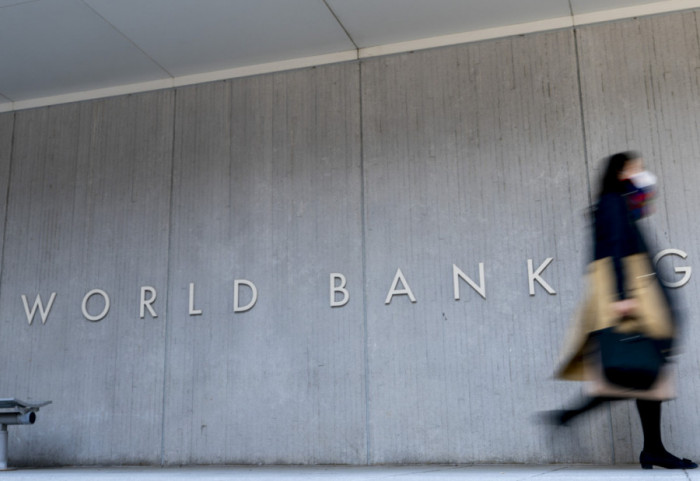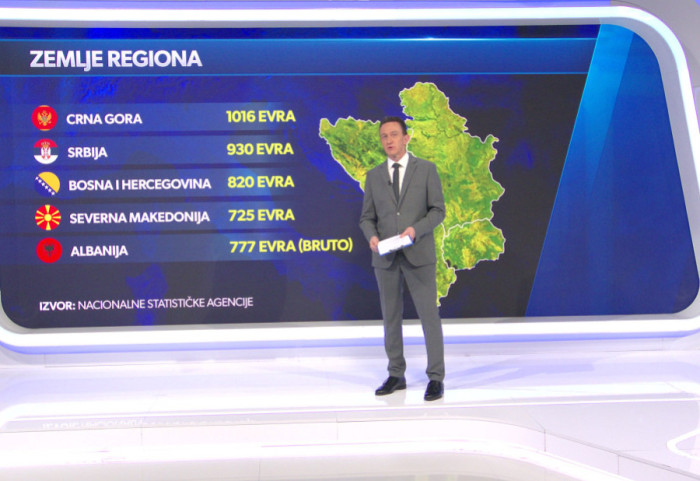
We’re Hiring in Warsaw
Newsmax Balkans is expanding its international presence and we’re looking for talented professionals to join our team:
10:04Pre 64 d20.10.2025.
AutorNewsmax Balkans aplikaciju možete preuzeti sa Google Play i App Store-a.

As energy security increasingly becomes synonymous with political stability, the question arises: how much does Serbia actually possess of its own “black gold”? And does the energy of the future lie beneath our land, or merely traces of once-abundant resources that are slowly being depleted?

Today, oil is extracted from a total of 67 fields, 63 of which are located in Vojvodina. Practically the entire northern Banat region is crisscrossed with underground veins of oil - most notably between Zrenjanin, Kikinda, and Vrsac. There lie the oldest and most productive fields: Velebit, Kikinda, Mokrin, Idjos… For years, they have produced the majority of Serbia’s domestic output.
However, in recent years, oil has also been found further south.
In the Branicevo District - around Pozarevac, Kostolac, Veliko Gradiste, and Malo Crnice—new, smaller fields have been discovered: Sirakovo, Kasidol, and Bradarac - Maljurevac.
Since the 1950s, about three thousand wells have been drilled, with around 800 currently active. The deepest well is located in central Banat, near the village of Krajisnik, reaching depths of up to 4,650 meters below ground.
It is estimated that since 2013, oil production in Serbia has dropped by around 50 percent, indicating that key fields have been partially depleted.
The true reserves are considered a state secret, but according to data from 2015, Serbia had about 15 million tons of oil, more than half of which has already been extracted by NIS. That amount, without imports, would be enough to cover about three years of domestic consumption.
If all existing natural capacities were fully utilized, domestic oil fields could supply the Serbian market for about seven years at current consumption levels.
Almost all oil fields in Serbia are operated by the Petroleum Industry of Serbia (NIS). However, that oil is no longer truly “ours.” Gazprom Neft purchased a majority stake in NIS in 2008 for €400 million. In return, the Russians obtained, among other things, all extraction rights.
Today, through two sister companies - Gazprom Neft and Intelligence - Russia owns more than 56% of the company, Serbia holds 29%, and the rest is traded on the stock exchange.

Newsmax Balkans is expanding its international presence and we’re looking for talented professionals to join our team:
10:04Pre 64 d20.10.2025.
Autor
Predsednik Ukrajine Volodimir Zelenski izjavio je da ideja o mogućem sastanku s predsednikom Sjedinjenih Američkih Država Donaldom Trampom i predsednikom Rusije Vladimirom Putinom u Budimpešti ne bi bila pozitivna za Ukrajinu, jer Mađarska blokira sve inicijative koje idu u korist Ukrajine.
10:38Pre 64 d20.10.2025.
AutorOver the past decade, production has been modernized, and the introduction of new methods - such as water injection and horizontal drilling - has improved the efficiency of extracting remaining reserves.
Even though we have wells and at least some domestic oil, can Serbia be energy independent? The answer is - no. Annual domestic production is around 1.2 million tons (as of 2020), which covers only about a quarter of the country’s total fuel consumption. Today, Serbia meets just over 20% of its demand for oil derivatives from domestic sources, while the rest must be imported.
When it comes to new deposits, geologists believe potential still exists. Fields near Idjos, Kikinda, and Kasidol, close to Pozarevac, indicate that the resources remain active.
Estimates suggest that from existing, deeper layers, another 3.5 million tons could be extracted. This additional potential might extend the life of Serbia’s domestic oil wells by another ten to fifteen years.
Serbia may not sit atop vast oil wealth, but the current situation shows that today - every drop of oil counts

A court-appointed forensic expert has determined that the audio recording of a conversation between United Group CEO Sten Miller and Telekom Srbija CEO Vladimir Lucic was edited.
20:14Pre 3 h23.12.2025.
Autor
Serbian President Aleksandar Vucic stated that Serbia has reached an agreement with Russia to extend gas supplies for an additional three months.
15:26Pre 8 h23.12.2025.
Autor
Spanish coach Joan Penarroya has been appointed the new head coach of Partizan’s basketball team, while American point guard Cameron Payne has also joined the club, the Belgrade-based side announced.
15:03Pre 8 h23.12.2025.
Autor
According to the latest global report by the World Bank, Serbia has ranked second in Europe and sixth worldwide in terms of progress in digital transformation, following South Korea, Saudi Arabia, Estonia, Brazil, and Australia.
09:11Pre 14 h23.12.2025.
Autor
President Aleksandar Vucic stated after a meeting with representatives of the Slovak national minority in Vojvodina, held together with Slovak President Peter Pellegrini, that they discussed ways in which the Serbian state can help all communities where Slovaks live.
15:31Pre 1 d22.12.2025.
Autor
According to the latest data from the Statistical Office of the Republic of Serbia, the average net salary in Serbia in September amounted to 109,147 dinars (around €930). The median net wage for September 2025 stood at 85,267 dinars, meaning that 50 percent of employees earned up to that amount.
09:10Pre 1 d22.12.2025.
Autor
Serbian President Aleksandar Vucic stated after a meeting with Slovak President Peter Pellegrini that they discussed all important aspects of cooperation between the two countries, as well as Serbia’s European path.
09:03Pre 1 d22.12.2025.
Autor
Finland has retained its title as the happiest country in the world, but it does not rank first among people under the age of 30. In that age group, Lithuania took first place, followed by Iceland in second and Serbia in third.
10:47Pre 4 d19.12.2025.
Autor
Last year’s result of 4.4 million passengers carried was exceeded on 19 December, almost two weeks earlier than last year, directly reflecting growing passenger demand, efficient fleet management, expansion of the destination network, and the stability and strength of the company’s brand.
10:46Pre 4 d19.12.2025.
Autor
Komentari (0)